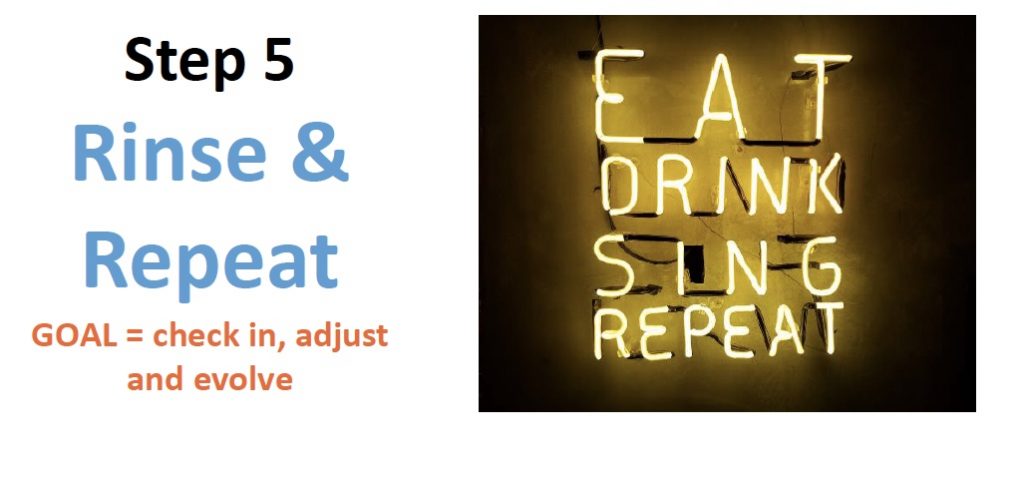News, ideas & inspiration from industry leaders
5 Steps to Psychological Safety in the Workplace
We got your feedback on the Fall Virtual Conference, and we hear you—Josh Vaisman rocks! We’re cooking up some new Josh content–stay tuned! In the meantime, here’s a recap of his session, “Safe to Soar: The Secret Sauce of Effective Teams.” Josh explains psychological safety and shares 5 steps for creating a psychologically safe and healthy work environment.
What is psychological safety?
As Josh explains it, “Simply put, psychological safety is the perception within a team that it is safe to both make honest mistakes and/or ask for help, without risk of fear of being punished.” In psychologically safe work environments, employees know that their voices are heard and respected by their peers and superiors. Psychological safety creates healthy work cultures where employees are able to learn from their mistakes.
Workplaces with high levels of psychological safety have 27% less employee turnover than environments with low levels of psychological safety. The real magic, Josh says, is when workplaces have both high levels of psychologically safety and high standards.
5-step process for growing psychological safety in your workplace
Survey your team to determine your starting point and find out whether or not your team feels psychologically safe at work
- Encourage your team to view failure as an opportunity to learn
- Underline the importance of every team member’s voice
- Rethink the role of the “boss”
- Emphasize your team’s purpose
- Normalize workplace behaviors that reinforce psychological safety
- Some helpful example activities: Ask Me Anything (AMA), Moonshot Forums, Error Audits
- Create formal opportunities for your team to ask for help, share shortcomings, admit mistakes, contribute and challenge ideas, and be human
- Express appreciation when team members contribute their voices and ideas
- Celebrate the behavior of speaking up
- Sanction violations of your team’s cultural values
- Emphasize the importance of continuous learning
- Re-measure your workplace’s psychological safety levels—check in with your team
- Identify areas for continued learning
- Celebrate your team’s progress!
Leave a comment and let us know if you have been exploring psychological safety at your agency.
More from Josh
Webinar Recording: Positive Perseverance: Leading During Crisis
Webinar Recording: The Practices of Purposeful Leadership








What is a Moonshot Forum? I googled and still don’t know….
Sara, thanks for the great question! As an admin of this blog, I wanted to pass on Josh’s response to you:
From Josh Vaisman:
“The Moonshot Forum is based on an interview I read about Google X, a company started by Google to “create radical new technologies” to solve some of society’s biggest problems. At Google X they encourage everyone to think really, really big. No idea is dismissed out of hand. That is one way to engender psychological safety.
For veterinary and animal welfare teams, the Moonshot forum might work like this; periodically (once a quarter?) set aside 30-60 minutes for the team to suggest ideas to “make us 10x better”. Encourage them to think really big. Also, encourage “Creating Thinking”, not just problem identification. That is, the Moonshot Forum is less about identifying problems as it is imaging big ways to create something better than what we currently have. For the first 10 minutes or so, people get 30-60 seconds to give an overview of their idea. Then the team votes on which idea they want to explore together. Spend the rest of the time imagining, “How could this actually work?” What are ways you could actually bring this to life? What are obstacles? What might help overcome those obstacles? And make sure every idea is genuinely accepted and explored. At the end, be sure to set aside 5-10 minutes to review what you (the team collectively) have learned and what actions, if any, you can take as a next step.
In time these Moonshot Forums will become productive exercises in problem-solving, collective growth, leaning, and improvement. But in the beginning, I encourage leaders to worry less about solving all the problems and more about creating a space where every perspective, every voice, every idea is accepted, considered, and explored together.”